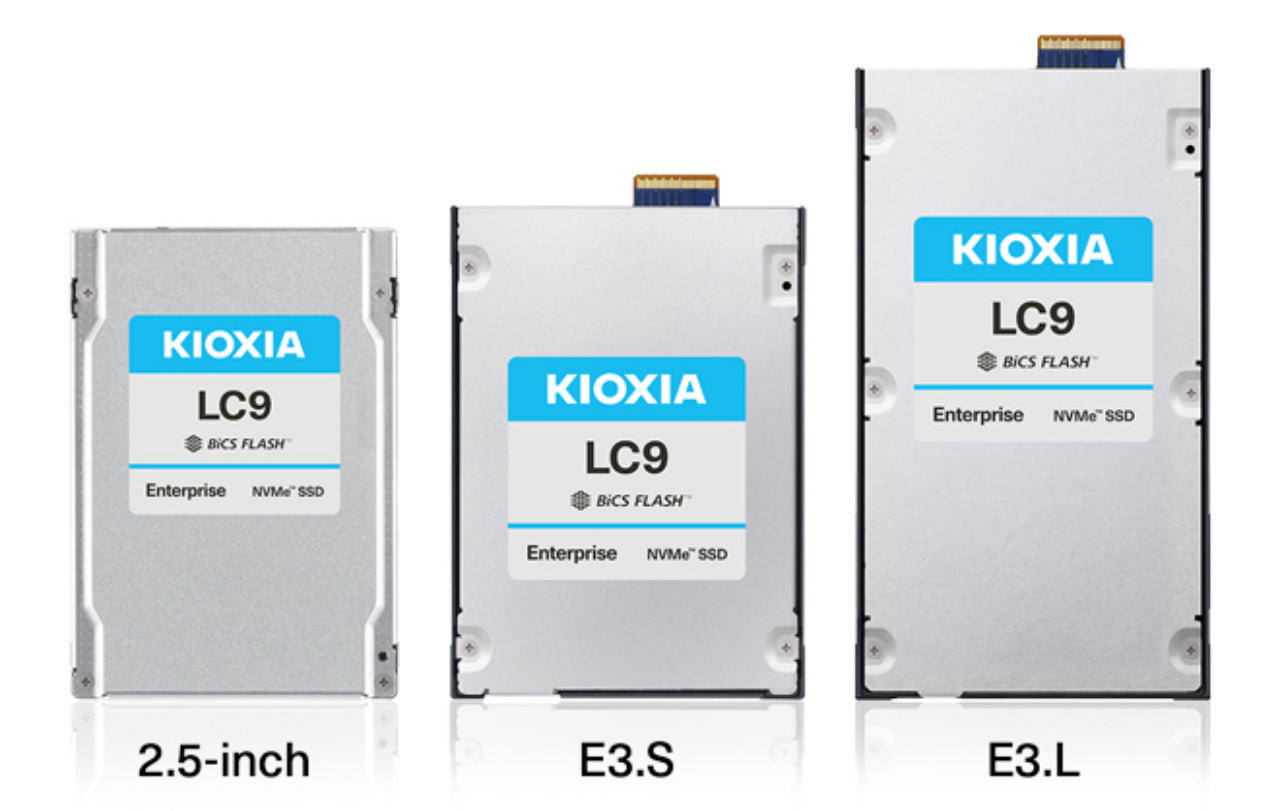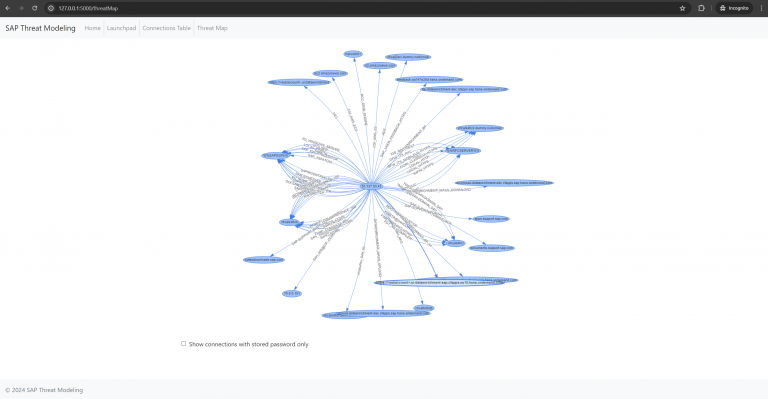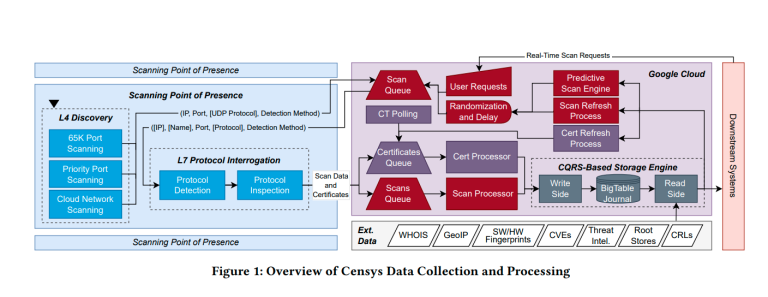
Flash memory manufacturer Kioxia has recently unveiled the world’s highest-capacity solid-state drive, the Kioxia LC9, offering an astounding maximum capacity of 245.76TB—enough to store approximately 12,500 movies at 4GB each.
Technically, the LC9 employs BiCS8 2Tb 3D QLC NAND flash memory and an unspecified controller chip that supports the NVMe 2.0 protocol. It interfaces via PCIe 5.0 x4 and features dual-port functionality. The drive comes in multiple form factors: U.2 (up to 122.88TB), E3.S (also up to 122.88TB), and E3.L (up to 245.76TB). Achieving such density in the E3.L form factor likely requires packaging at least 32 NAND chips into individual 8TB units, which are then connected to the controller—potentially more when factoring in redundancy.
Kioxia claims this packaging method has set a new benchmark for SSD density, made possible through its proprietary wafer processing and assembly techniques. The company envisions future iterations delivering even higher capacities within standard SSD dimensions.
In terms of performance, the LC9 delivers sequential read speeds of up to 12,000 MB/s and write speeds of up to 3,000 MB/s. Random read performance peaks at 1,300K IOPS, while write performance reaches 50K IOPS.
Admittedly, these speeds are modest by enterprise-grade PCIe 5.0 SSD standards, but represent a deliberate compromise between capacity and performance. Ensuring signal integrity across 32 QLC NAND packages presents a formidable engineering challenge, and trading some interface performance for massive storage capacity is a necessary concession.
Kioxia has also incorporated advanced reliability and data protection features into the LC9, including chip-level data recovery, parity-based error correction, and safeguards against sudden power loss. The drive further supports intelligent data placement and reduced write amplification to extend its lifespan—a crucial consideration given its use of QLC flash in data center environments, where endurance remains a critical concern.






